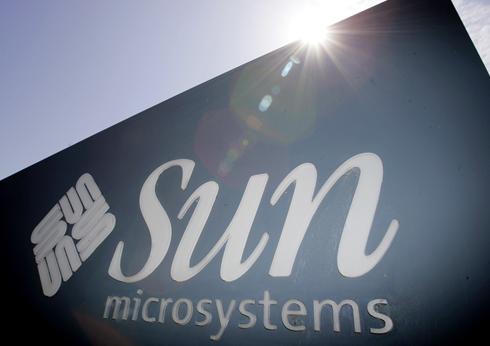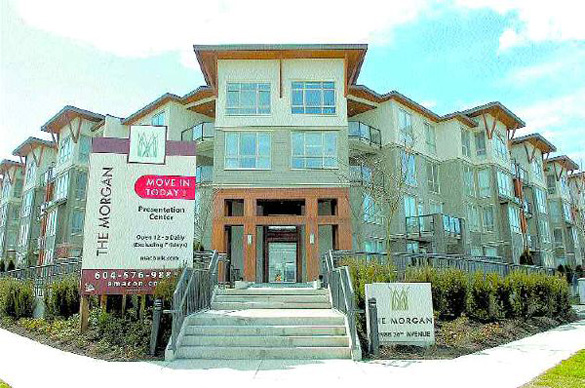Fiona Hughes
Other
The provincial election is fewer than three weeks away, and there are plenty of pressing issues facing British Columbians worthy of microscopic examination. But I’m feeling self-absorbed lately and devoting this week’s column to a tax that well, gets my goat and my goat’s mother. And it’s not the pesky little carbon tax or most any other tax for that matter. Try B.C.’s savings-account killer and rage inducer–the property transfer tax, a shameless cash cow.
The tax is not mentioned in any of the platforms of the major parties and is unlikely to be an election issue, but it should be. This tax vexes plenty of Vancouver voters, and it needs more exposure. The PTT is an unfair burden that penalizes people when they’re making the biggest purchase of their lives.
Unchanged since it was introduced in 1987 by Bill Vander Zalm’s Social Credit Party, the tax generates about $1 billion in revenue in a good year. Even free-market loving Premier Gordon Campbell isn’t willing to give that up. Although the PTT seems at odds with the provincial Liberals’ competitive taxation principles, it also contributed greatly to his government’s much trumpeted surpluses thanks to B.C.’s out of control housing market.
The tax, a rate that is 129 per cent higher than the average for Canadian provinces, is calculated at one per cent for the first $200,000 and two per cent on the balance. First-time homebuyers are exempt–if the house or condo they’re buying is less than $425,000. If you buy a house that is $425,001, your property transfer tax bill will be about $6,000.
My interest in this topic stems from being on the hunt for a new home. My family recently sold our East Side house, which my partner and I bought three and a half years ago. Although we were first time homebuyers in 2005, we still paid $6,000 in PTT because the house, just like every house in Vancouver, was above the exemption limit.
Our small, 1947 fixer-upper near a busy street cost $425,000 in 2005. Our intention was not to flip it, but make a home for our small family and connect with our new community. Our lives have since changed. We added another child to our family and some time in the near future my mother will live with us.
We need a slightly larger house in a slightly better location–a block away would do. (The daily garbage, such as the recent three dirty diapers–one filled with poo–dumped in front of the house recently convinced me selling was the right decision even though I’m in a panic about finding a new home.)
I emailed questions on the PTT to the three main candidates (NDP, Green, Liberal) in my Vancouver-Kensington riding. NDP candidate Mable Elmore believes first-time home buyers looking for a detached house in Vancouver “are in fact looking for housing that falls under the $425,000 exemption.”
Elmore obviously hasn’t checked prices recently. Yes, the global economic slowdown has reduced prices, but Vancouver real estate still remains out of reach for most people. As of Monday, according to the MLS real estate website, the cheapest detached house in Vancouver was listed at $428,000 on East 41st near Victoria. The old timer is described as a “builder/ handy man alert” and listed as “land value only.” Translation: it’s a dump on a busy street.
Elmore says scrapping the PTT would result in an increase in income or property tax to make up for the province’s heavy reliance on the transfer tax.
“The advantage of the transfer tax,” Elmore wrote, “is that once the first time homebuyer is established and wishes to move to another home, their property will have most likely appreciated by a value far outstripping any tax they would have to pay when purchasing their next home.”
In any other province, perhaps, but not necessarily so in B.C.
Green candidate Doug Warkentin also supports the tax, saying it is designed to discourage property flipping. “Property speculation has a greater effect on affordability than any tax, so if this has a dampening effect, then it may actually be beneficial,” he wrote. “The benefit of this tax revenue to the home buyer is another matter, which is a question for any tax, and comes down to getting good accountable government.”
Warkentin noted however, that the exemption “should be tied directly to current housing prices so that most of the homes in any market qualify.”
Liberal candidate Syrus Lee said he would reply to my email, but didn’t.
I’ve lost out on this tax, but I feel sorry for first-time homebuyers who see houses advertised at $550,000 or more as “a great starter home.”
And wait until they need to move to a second home.







